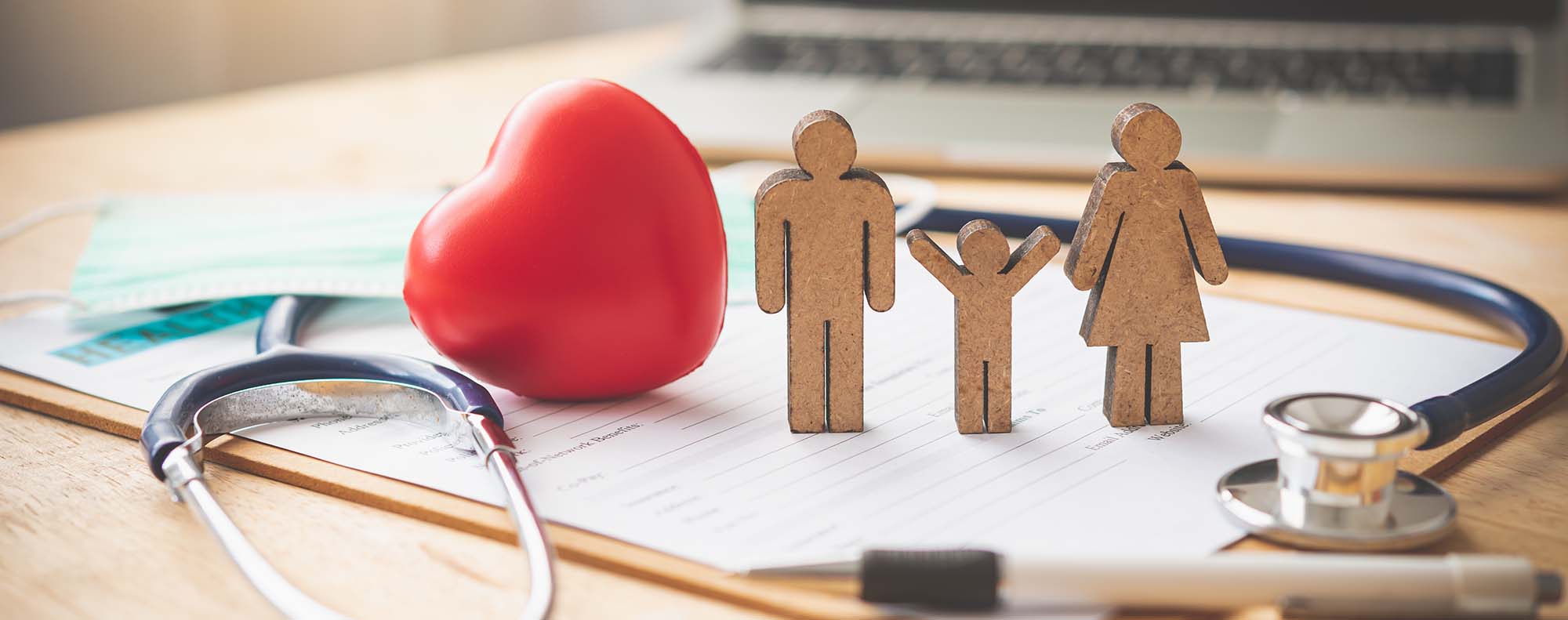A Summary of Key Services Funded by the Programs
Overdose & Drug Trend Surveillance
- ODMAP Program: In collaboration with the Mohawk Valley Crime Analysis Center, the Oneida County Overdose Response Team (a subgroup of the Opioid Task Force), implements the Overdose Detection Mapping Application Program (ODMAP), a surveillance tool to collect real- time overdose reports from first responders as well as the Medical Examiner’s Office. The program identifies and alerts the public to spikes in overdoses and overdose fatalities and other dangerous drug trends as well as proactively engage with people that overdoses to link them treatment, harm reduction, and/or recovery support services as wells as other support services (i.e., mental health, housing, food).
- Online Overdose & Drug Trend Dashboard: The Overdose Response Team in collaboration with the County Planning Department launched a public-facing web-based dashboard that tracks near real-time, key information pertaining to drug overdoses and trends in Oneida County such as weekly overdose counts, fatalities, demographic and geographic breakdowns, naloxone administrations, interactive maps and other relevant data points.
- Spike Alert by Text Program: A text messaging alert program in collaboration with Partnership to End Addiction aimed at notifying community about overdose spikes and/or drug threats. Anyone including parents, caregivers, medical professionals, first responders, community groups and those struggling with substance use, can sign up for the free program by texting the word “SPIKE” to 1-855-963-5669.
Community Engagement
- Post Overdose Outreach Program: Utilizing ODMAP identified overdose survivors, peer recovery professionals link individuals to treatment, recovery and/or harm-reduction services within 72 hours post-overdose. The post-overdose outreach is coordinated by ACR Health Syringe Exchange Program and Drug User Health Hub.
- Street Engagement Team: The Street Engagement Team (SET) is a rapid response, multi-agency, multi-disciplined team that brings “boots on-the-ground” on-demand, low-barrier, same-day access to treatment medication (buprenorphine), harm reduction and acute care resources to reduce risk of overdose. The Health Department collaborates with ACR Health Syringe Exchange Program, Upstate Family Health Center, and REACH Medical to meet people where they are to provide treatment medication to people who use drugs.
- NY MATTERS (Medication Assisted Treatment and Emergency Referral) Program is a collaboration with the new NYSDOH NY MATTERS Regional Coordinator and ACR Health Syringe Exchange Program to expand participation of local hospitals, primary care providers and other relevant settings to prescribe buprenorphine to patients as well as rapid referral to treatment services.
Naloxone (Narcan) Expansion
- The “Save a Life” campaign that seeks to expand access to Naloxone (Narcan) by distributing free overdose rescue kits to more public places including businesses and community organizations. The objectives of the campaign is to greatly increase the number of public places that have naloxone, to help laypersons recognize signs of an overdose and to understand how easy it is to administer naloxone nasal spray to avert overdose death. The program promotes Narcan as a standard first aid emergency tool. Opioid Task Force (OTF) partner agencies, including first responders and community-based organizations trained in overdose prevention, offer the kits and training resources at community events, hotels and motels, convenience stores, bars, restaurants, libraries, retail stores, places of worship and numerous other businesses. Learn more at https://www.ocopioidtaskforce.org/find-narcan/
- Leave Behind Naloxone Program: In partnership with Midstate EMS, participating EMS and law enforcement agencies provide Naloxone (Narcan) to individuals post-overdose and/or to any person (or their family or friends) considered high-risk for overdose.
- Fentanyl Test Strips: OCHD distributed 2,300 Fentanyl Test Strips to local harm reduction, treatment, and recovery partners to distribute to their clients along with harm reduction education and awareness of the risk of fentanyl in all street drugs.
- Provide Harm Reduction Training for partners and providers to address attitudes, beliefs, language, and treatment policies that may negatively impact patient outcomes.
Recovery Services
- Peer Alliance Program: OD2A grant funded an initiative of the Opioid Task Force’s Recovery Team focused on expanding capacity and providing support for peer recovery advocates or individuals with “lived experience” to help others with Substance Use Disorder (SUD). The Peer Alliance Program covers the costs for participants to receive training, work experience and the self-care support needed to support them in their work in various community settings. The Center for Family Life & Recovery Inc. coordinates the Peer Alliance Program.
Prevention Services
- Deterra Drug Disposal Distribution Project to disseminate at-home safe drug deactivation bags in the community and educate on the importance of safe drug disposal as a prevention strategy to help prevent misuse of over-the-counter and prescription drugs.
Other Services
- Overdose Fatality Review Team - A multidisciplinary team to effectively identify system gaps and innovative community overdose prevention and intervention strategies. The team will examine the decedent’s drug use history, comorbidity, major health events, trauma (including adverse childhood experiences), encounters with the criminal justice system, treatment history, and other factors to facilitate a deeper understanding of prevention and intervention opportunities for improvement.
- Provide Harm Reduction Training for partners and providers to address attitudes, beliefs, language, and treatment policies that may negatively impact patient outcomes.
Visit The Oneida County Opioid Task Force Website For More Details
Oneida County Partners







